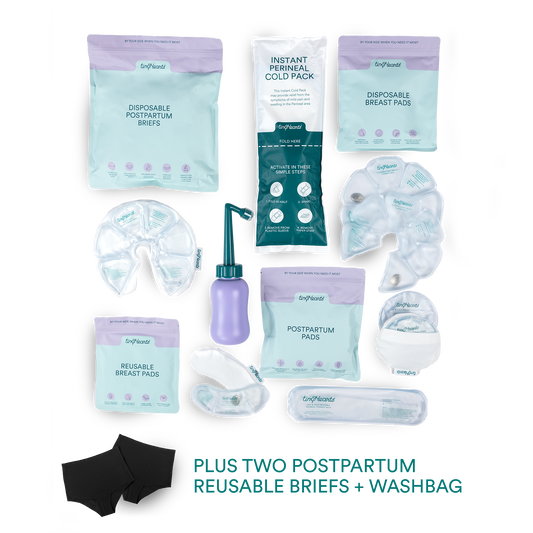Choking is every parent’s nightmare—it happens silently and can become life-threatening in just minutes. As a former paramedic, I’ve seen how crucial it is to act fast, and most importantly, to know how to reduce the risk in the first place.
Choking is more common than we think, happens silently, and can be life-threatening. After 4 minutes of choking, a child will become unconscious and require CPR. Let me share something important that I’d like you to remember—something that can help reduce the risk of your child choking. These are the key characteristics that make certain foods high-risk choking hazards, and what you can do to minimise the risks.
The 6 characteristics of high-risk choking foods are:
- Hard
- Round
- Small
- Slippery
- Challenging to chew
- Size of an airway
The more small, round, hard, slippery a food or challenging a food is, the greater risk it poses of choking. They are more likely to enter and get lodged in the airway. It is important to note that your little one can choke on anything, including liquid.
Other things that increase the risk of choking include:
- Not sitting upright or moving around when eating
- Crying while eating
- They are not displaying signs of readiness to start eating
- Distraction or lack of supervision when eating
- Putting your fingers in your child's mouth
How to Modify Foods to Make Them Safer
Understanding what makes foods risky is only half the battle—knowing how to modify these foods is the key to keeping mealtimes safer.
Most foods can be modified to make them safer. The goal is to change what makes them risky in the first place. For example, a blueberry is round and firm; by squishing it, you make it safer.
- Round or hard foods: Cut them up, grate, or cook to soften. Steamed carrots or grated apples are great options.
- Slippery foods: To reduce slipperiness, you can coat them in something textured, like fine breadcrumbs or ground nuts.
- Tricky-to-chew foods: Ensure they’re cooked until soft or mashed for easier eating. Coach your child on how to chew by demonstrating big, exaggerated chewing motions.
It’s important to remember that modifying foods reduces the risk but doesn’t remove it completely. Always supervise your child during mealtime, and never leave them unattended.
What to Do if Your Child Chokes
Make sure you're prepared to act when it matters most. The best course combo to gain this confidence is our SOLIDS course (just $35) and BABY AND CHILD FIRST AID course. We'll equip you with the knowledge and skills to confidently save your little one. Add both to cart to get 15% off .








